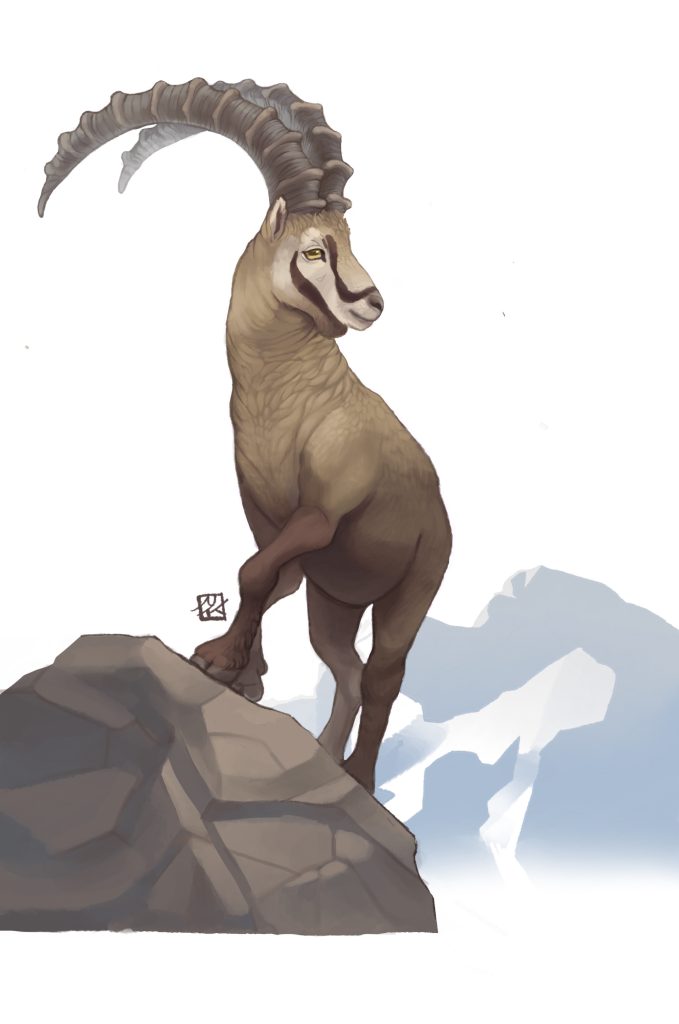Prof. Dr. Elena Bužan and Prof. Dr. Boštjan Pokorny and their co-authors have published a scientific paper in Gozdarski vestnik entitled Alpine ibex in Slovenia. The paper, which integrates knowledge from various fields, confirms the presence of the species in Slovenia in the Holocene and thus provides a key starting point for the identification of the species’ native status in Slovenia.
| The Alpine ibex (Capra ibex) is an Alpine endemic. The species was thought to have been extinct in Slovenia in the second half of the 17th century, but globally it was on the verge of extinction at the end of the 19th century. The only surviving population is in the Gran Paradiso National Park in the far west of the Alps in Italy. Thanks to reintroductions and other conservation programmes, the Alpine ibex is now found throughout the Alps, including Slovenia, where (unlike in other countries of the Alpine arc) the species is currently recognised as non-native. This is also why populations in Slovenia are declining and in a very poor state. The low number of original individuals at settlement, historical bottlenecks and the separation of colonies have most probably led to inbreeding, which has reduced genetic diversity and consequently affected the viability of populations. For the long-term conservation of the Alpine ibex in Slovenia, immediate active conservation measures are necessary, and the proper identification of the species’ origin is a prerequisite. In this paper, the researchers provide evidence, based on archaeozoological, genetic and preliminary habitat analyses, that the ibex in the Slovenian Alps is a native species that lived on the territory of what is now Slovenia in the Late Antique and Early Medieval periods. |

